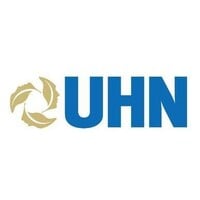
Confluence Health
About Us Confluence Health is an integrated, rural healthcare delivery system with two hospitals, multi-specialty care in more than 30 service lines and primary care in 12 communities across North Central Washington. Our 300+ physicians and 175+ advanced practice clinicians serve an area of approximately 12,000 square miles and cover nearly every corner of the region through specialty outreach. Mission Statement: Local care by and for our community. Our Vision: To serve our community with compassionate care through our dedication to - Enabling joy and pride in our work, - Focusing on local sustainability, - Ensuring access for all, and - Committing to excellent care and service. Core Values: • Our patients are the reason for our being, and their needs will drive all of our actions. • We will treat everyone with dignity, respect and compassion. • We will continue to innovate ways to improve the delivery of excellent, high value care. • We will measure successes and failures and use the results to drive further improvement. • We will be a good neighbor in the communities we serve with donations of time, talent, and capital. • We will be ethical and accountable in all of our decisions and actions.






